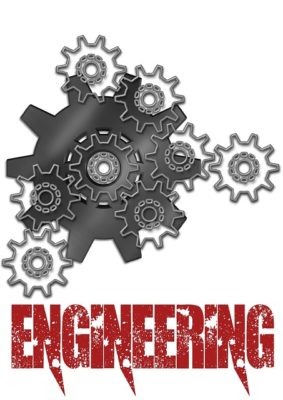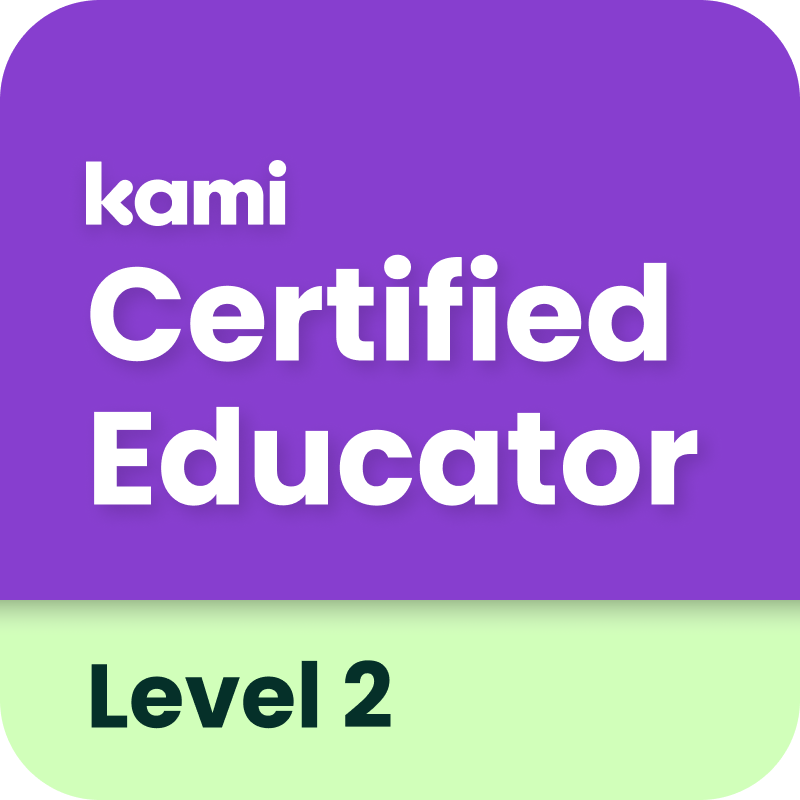Teaching the engineering and design process is all the rage in the classroom right now. We focus heavily on helping students identify a problem, conceptualize a solution that fits within given parameters, help them test their model, and then encourage them to modify their design based on the results. These are all very important skills to learn, engineers have to be flexible in their thinking when ideal materials aren’t available (or might not even exist). They need to brainstorm solutions and test their theories. They certainly need the mindset to be able to go back to the drawing board as the modify and improve their designs.
They also need to communicate with each other.
In fact, all scientists and learners need to learn how to communicate their ideas to others. Scientists can communicate their ideas through writing, speaking, and even drawing. Learning how to speak in a manner that is precise, understandable, and relates an idea is imperative to future growth, not to mention in the ability to work well as a team.
Teaching communication in the classroom.
Focusing just on communication in a science class might feel cumbersome, which is why I have started using a project that was first introduced to my husband on his robotics team: blindfolded building. In blindfolded building you have a team of 2-4 students that have to build something. In our projects I have them build small 25 piece brick cars from the dollar store. But there is a catch, because how hard is it to build a 25 piece brick set, right? Well, it can be exceedingly difficult if the builder can’t see what they are doing. The eyes in this challenge come from their partner who can see but can not build. In groups larger than 2, additional students can analyze the next steps of the building process and help the speaker to communicate effectively.
You can add the engineering and design process to this if you have students free build cars, test them down a ramp, and modify their cars to be faster. Or, you can add an additional pressure of time. Who can construct their brick car the fastest?
Planning for success. This project can be done for any age of student, as you can scale the difficulty up or down accordingly. To make the project harder you can either use larger brick sets, allowing students to build more complicated designs, or switch to sets that require the use of tools to build as well, like Meccano. On a budget? You can get a simple 25 piece ‘Mecanno’ type set at the dollar store as well!
Be prepared to give students at least 5 minutes to plan how they will accomplish this task. Prompt them to discuss the language they will use for each piece, how they will give directions for finding the parts, and anything else they think will need a specialized common vocabulary. In the real world, engineers go to school partly to learn the mathematical applications, and the design principles, but also to learn a common language they can use with other engineers to describe their ideas.
Recapping the project.
Leave time at the end of the class session to discuss what students from each group felt was difficult about the task. Did other groups find that aspect challenging or not? If not, what vocabulary did they use differently? This will give time for the entire class to learn from each other and share ideas on how to improve the task for next time.
Ask students if they think building this common vocabulary is important to scientists? Is it important to others as well? Make sure to help them tie communication skills to the engineering and design process – how would improved communication help the design process? How could it derail the process?
I hope you enjoyed this project!
Dr. Erica Saint Clair started her career in the lab gaining her PhD in Molecular Biophysics from Boston University. She is the owner of Rosie Research and has the mission to make science fun, and real, for kids of all ages. Check out her blog for fun ideas on getting your kids engaged with science at home.























































